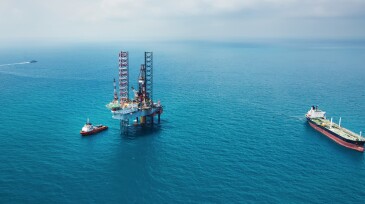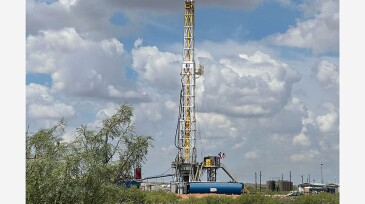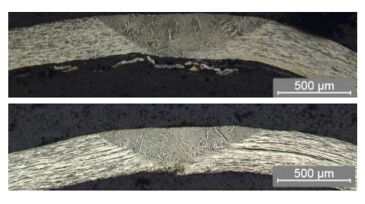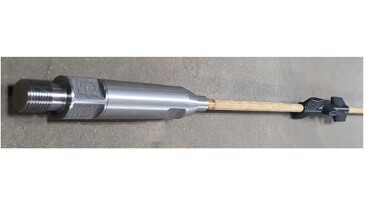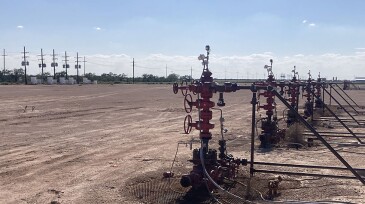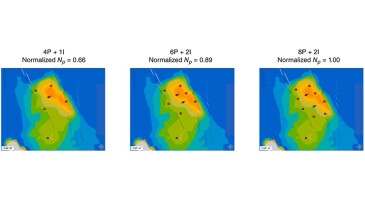Artificial lift
Experience in subsurface production and lift design is shaping a new generation of geothermal operations built for reliability and scalability.
Operators are turning to new gas lift and nanoparticle-fluid technologies to drive up production rates.
Field results highlight how rethinking tubing-anchor-catcher design can reduce gas interference and support late-life production.
-
SponsoredElectrical submersible pumps (ESPs) are the backbone of artificial lift operations, enabling the extraction of hydrocarbons from challenging reservoirs. However, their effectiveness is often compromised by the extreme downhole environment, characterized by soaring temperatures, high pressures, and exposure to aggressive fluids.
-
ExxonMobil developed an automated system to identify nonproductive and underperforming Permian Basin wells and prioritize high-volume wells to return to production.
-
Technology uptake aimed at optimizing resources, delivering consistency, and augmenting what humans can do.
-
SponsoredThis article explores the intricacies of this age-old problem, outlining the causes, consequences, and costs of gas locking, as well as highlighting a novel approach to mitigation that has recently been validated by computational fluid dynamics research.
-
This work presents the results of several failure analyses of gas lift valves retrieved from subsea wells that were unable to prevent backflow from tubing to annulus
-
This paper describes laboratory tests simulating varying sour-well and extended galvanic corrosion conditions to determine the adequacy of selected armor metallurgies in downhole corrosive environments.
-
This paper explores the development of fiber-reinforced thermoplastic sucker rods as a promising alternative for overcoming the limitations of steel sucker rods and thermoset fiberglass sucker rods.
-
New and evolving artificial lift technology is helping operators improve production rates.
-
Summer blockbuster season has passed, but it’s always nice to grab a bucket of popcorn and escape reality with a movie. Some movies even teach lessons—as in, sometimes it takes hard work and incremental improvements to advance.
-
This paper presents a multidisciplinary view of the evolution of a development project for the central area of Sururu and the method applied to address challenges and propose solutions.




